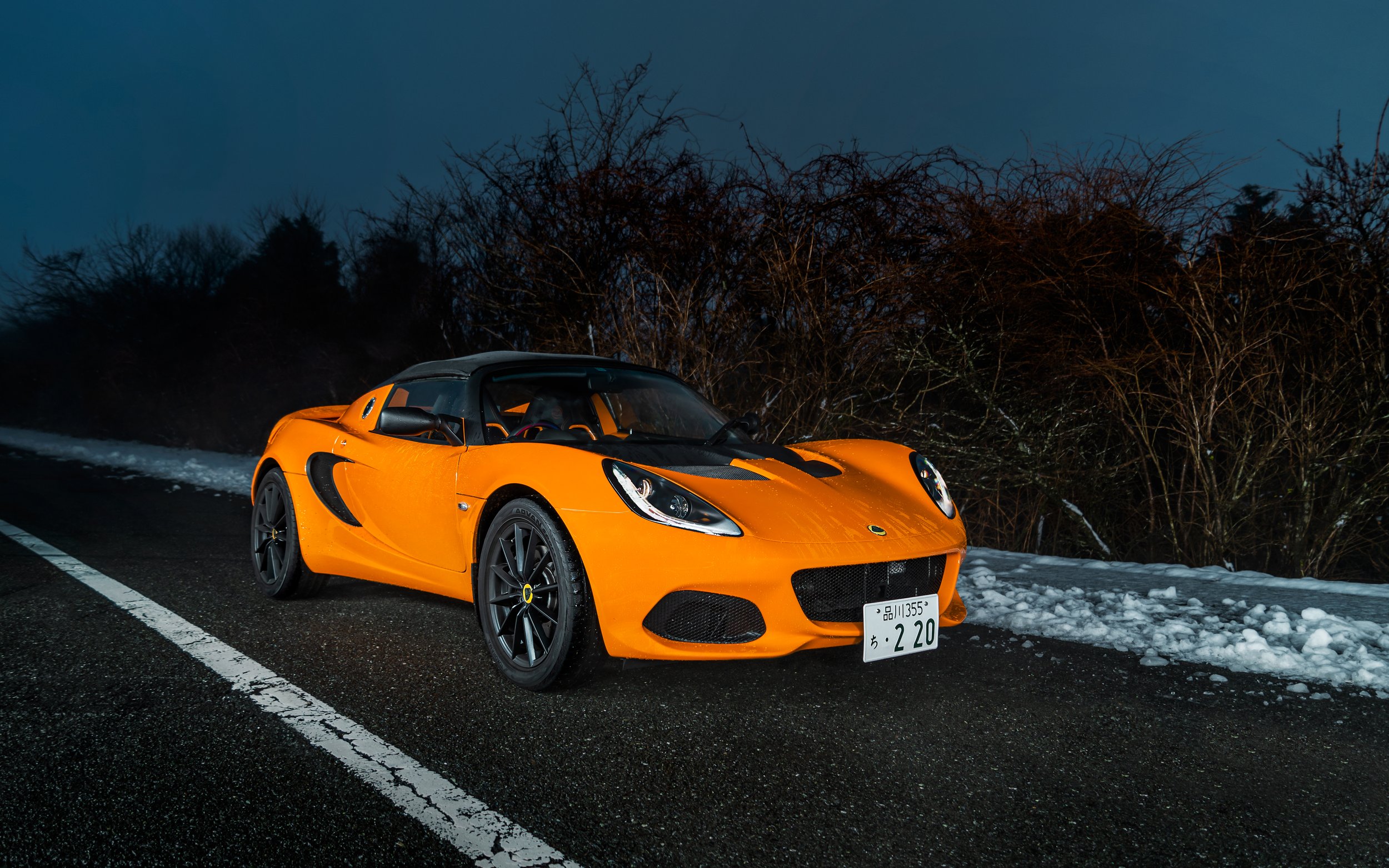One last ride in the Lotus Elise: 3 things we’ve learned
The time has come for the Lotus Elise. After a quarter century, we may be saying goodbye but what we learned from the Elise will stay with us.
As the saying goes, all good things must come to an end. The Elise has brilliantly fulfilled its duties after providing drivers with serious amounts of fun on the roads for the past 25 years. From the S1 in 1996 to the current S3, the Elise has changed and evolved without ever differing from Colin Chapman’s iconic words: “Simplify, then add lightness.” We’ve all heard it one too many times but these words resonate for a good reason: the Elise has been and still is the antidote to the ever heavier and more powerful sports car. With the 2021 Final Edition starting to roll in, we had the chance to squeeze in one last drive with the Lotus Elise Sport 220 or in other words, the perfect opportunity to reminisce all that we have learned during this wonderful quarter century with Britain’s most endearing driver’s car.
1. The perfect cocktail of fun and performance
It wasn’t always the Toyota-sourced 4-cylinder 1.8L supercharged engine powering the Elise but this is what got to shape the current Elise we all know of. The 217 hp and 184 lb.ft at your disposal are combined with a curb weight of 924 kg. Though the numbers themselves may not instantly trigger the “wow” factor in your brain, this power to weight ratio is truly invigorating.
The lack of power steering on the Elise allows the driver to be fully involved. The tires follow your gesture and give you precise feedback of what goes on on the road. The Elise may not have the amount of downforce as the Exige, but it is compensated with a balanced weight distribution. The overall experience wouldn’t be the same without the Elise’s 6-speed manual gearbox. The short gear ratios allow for more exploration of the higher revs, without having to reach the 100 km/h mark in second gear unlike in a Cayman GT4 for example. What you get is a dynamic, witty cocktail of fun and performance right at the tip of your fingers. Best served on some winding roads!
2. Bringing back our ability to focus
There are many words to describe the Elise but “quiet” isn’t exactly one of them. Roof on or off, you pretty much get the same amount of road noise and as a result, you probably won’t even bother turning on the stereo because... why add extra noise?
In any other car, we’ve come to expect our phones to automatically connect via Bluetooth and the GPS to dictate us the route. We tend to get slightly inconvenienced when there are no touch screens with which to interact and we also have the tendency to give a car extra points based on how fancy the design is, how comfortable the seats are or even how many charging ports are available.
3. Do we really need more power?
There is something alluring about seeing high horsepower numbers on a spec sheet. So much so that from supercars to lightning fast EVs, it seems we are only getting started in this pursuit of ever faster and more powerful cars. On the other hand, “217 hp” won’t make the latest headlines but the reality is that without a trip to the racetrack, rare are the chances to exploit the true potential of such high performing cars.
In a mountainous country like Japan, straight roads are scarce and corners are tight, making a lightweight car your best ally. While you would probably have to worry about speed, braking and understeering in a heavy, powerful car, a lightweight car allows you to drive lightheartedly in a machine that will instantly react to the smallest input. If you do feel the need for more power, there is always the Exige for that.
It may be time for this generation of Lotus cars to go but after such a brilliant chapter, we can confidently step into the next one with optimism and there’s a simple explanation to that. From the Elise to the Evora and even looking further back, these cars have never failed to fulfil whom they were truly made for, the driver.








